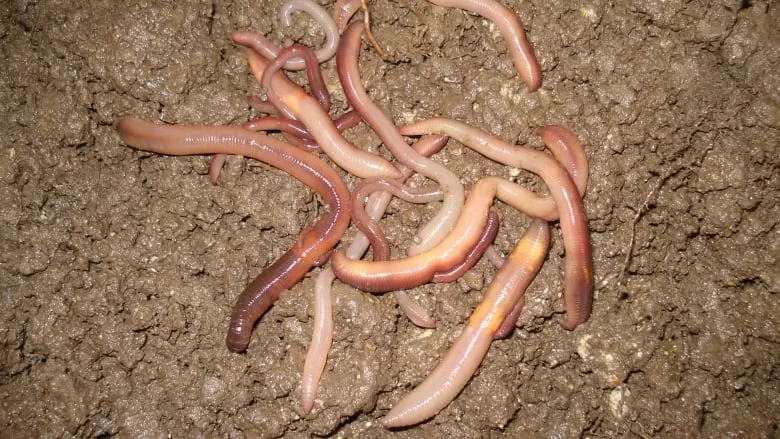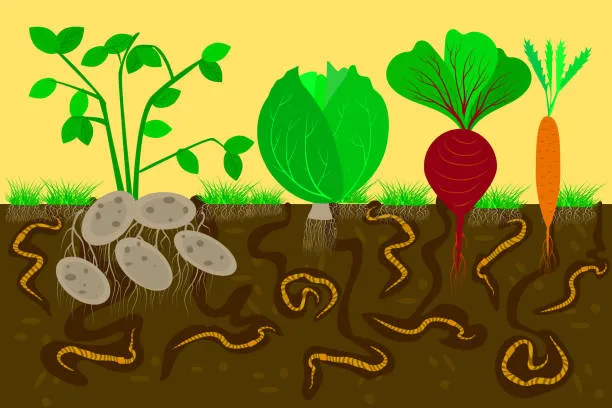The earthworm belongs to the Animal kingdom, to the phyllum Annelida of the class Oligochaeta and family Lombricidae. They are commonly known as the predatory organisms of the soil due to their voracious behavior to disintegrate organic matter in the decomposition phase, action that balances the development of fungi present in the soil.



▶ Of the earthworm, the most used species are: Eisenia andrei or tiger earthworm, Eisenia foetida or Californian red earthworm and Eudrilus eugeniae or African red earthworm, however, other species have also been used for waste transformation and to increase crop production.

▶ Credits: Istockphoto – [Image of Public Domain]
≕ I invite you to stay tuned and read my next contribution ≔
Among the species that have been used at the agricultural level for waste decomposition are Peryonix excavatus, Lumbricus rubellus, Amynthas gracilis, Dichogaster sp. and Bimastus sp., among others, these species act as enhancers of the decomposition activity and even some as pesticides and fertilizers in the market.
All these species of worms already mentioned can be used to obtain liquid worm humus, or rather the product resulting from the digestive transformation in the form of excreta that this small annelid exerts on the organic matter it consumes.
Although as an organic fertilizer it can be said that it has an excellent value in macro nutrients, we should also mention the range of organic compounds present in it, its availability for plant consumption, its resistance to fixation and washing.

According to what has been mentioned, liquid worm humus has multiple benefits among these, it increases the biomass of micro organisms present in the soil, stimulates greater root development, retains moisture in the soil for a longer time, increases the production of chlorophyll in plants, reduces the electrical conductivity characteristic of saline soils, improves the pH in acid soils, and best of all, its application reduces chemical contamination in soils.
NOTE: Reference material.